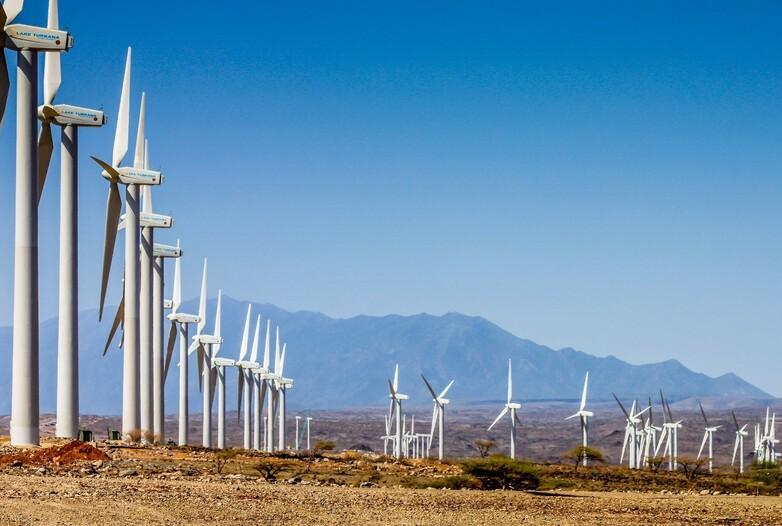Context
Given the importance of access to electricity for national development, the Kenyan Government has identified energy generation and supply as key factors in its Vision 2030 development plan. In this plan, Kenya aspires to become a middle-income nation by 2030, whilst equally setting a Nationally Determined Contribution (NDC) target of 30 per cent emission reductions. The government has also set itself the goal of achieving universal access to electricity by 2022 and full transition to renewable energy power generation by 2020. Variable Renewable Energies (VRE) in the form of wind and solar PV are beginning to play a significant role in the national power development plans with 364MW (approximately 13 per cent of the total installed capacity of 2,720MW) of VREs being added in to the national grid in 2018. This includes the 310 MW wind farm at Loiyangalani on the shores of Lake Turkana as well as the 54 MW solar PV power plant in Garissa County. The third medium-term plan 2018-2022 (MTP III) envisages an additional 388 MW of solar PV and 490 MW of wind energy to the grid by 2022.
The resource-conserving expansion of wind and solar energy could substitute the planned climate-damaging use of coal and gas, and therefore make a crucial contribution to reducing greenhouse gas emissions. An increased share of VRE would lower power generation costs thus simultaneously increasing the country’s competitiveness.
There is currently a lack of information on how incentives, technical regulations and other general conditions can be shaped in a targeted manner and subsequently managed so that the increase in VRE can proceed optimally for the economy as a whole, and not overload the electricity grids.
